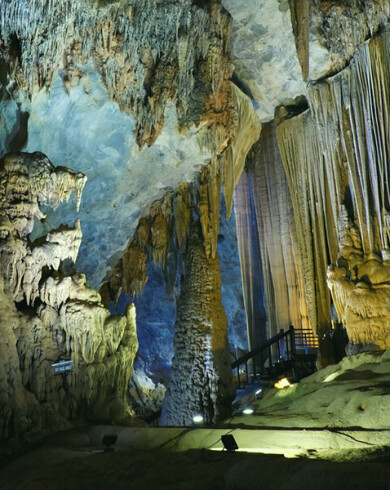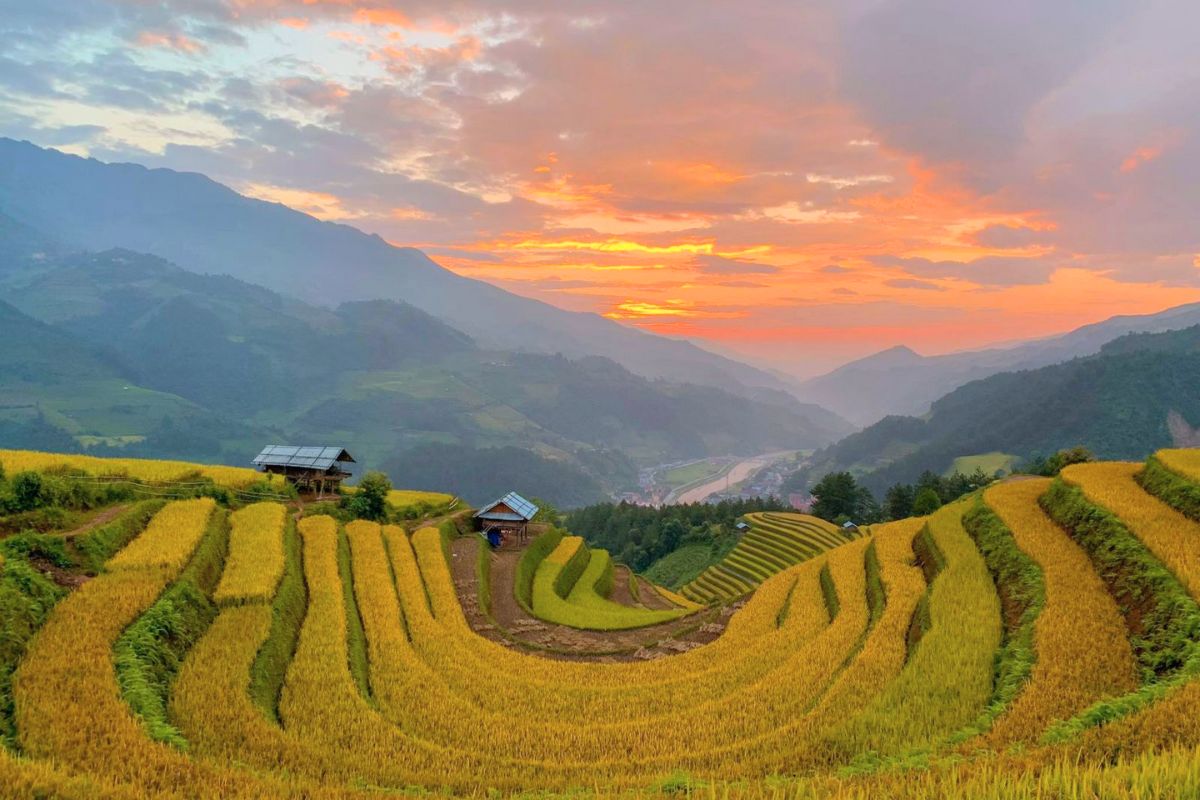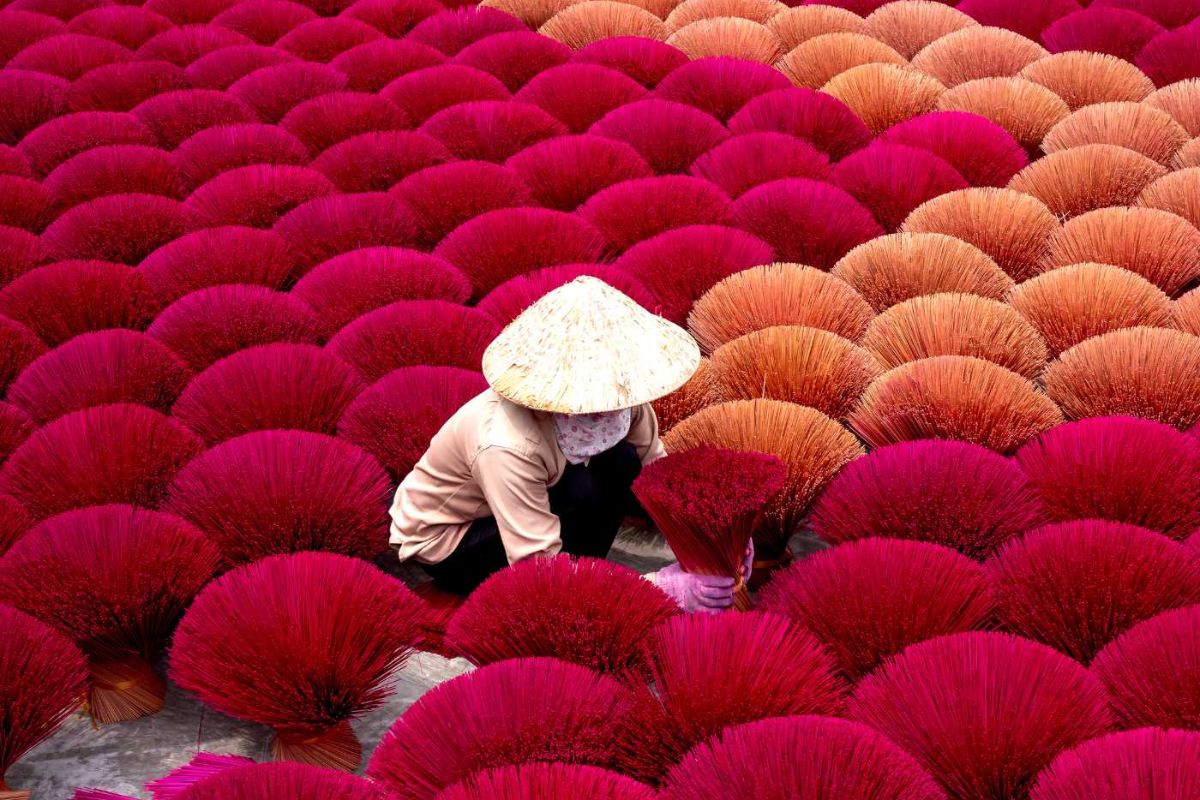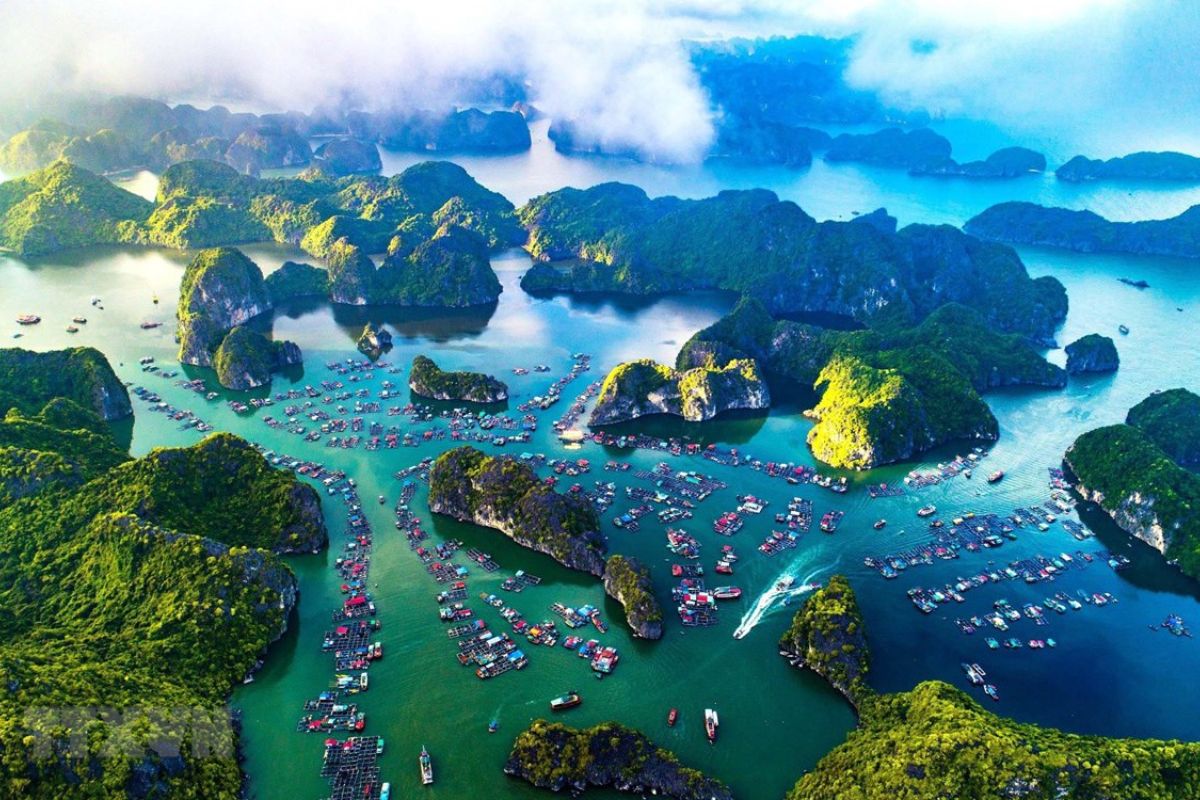TABLE OF CONTENT
January marks the heart of winter in Vietnam, yet this fascinating country’s diverse geography creates a stunning variety of weather conditions from north to south. Whether you’re planning to explore the misty mountains of Sapa, relax on the beaches of Da Nang, or immerse yourself in the vibrant life of Ho Chi Minh City, understanding Vietnam climate in January climate is crucial for making the most of your visit.
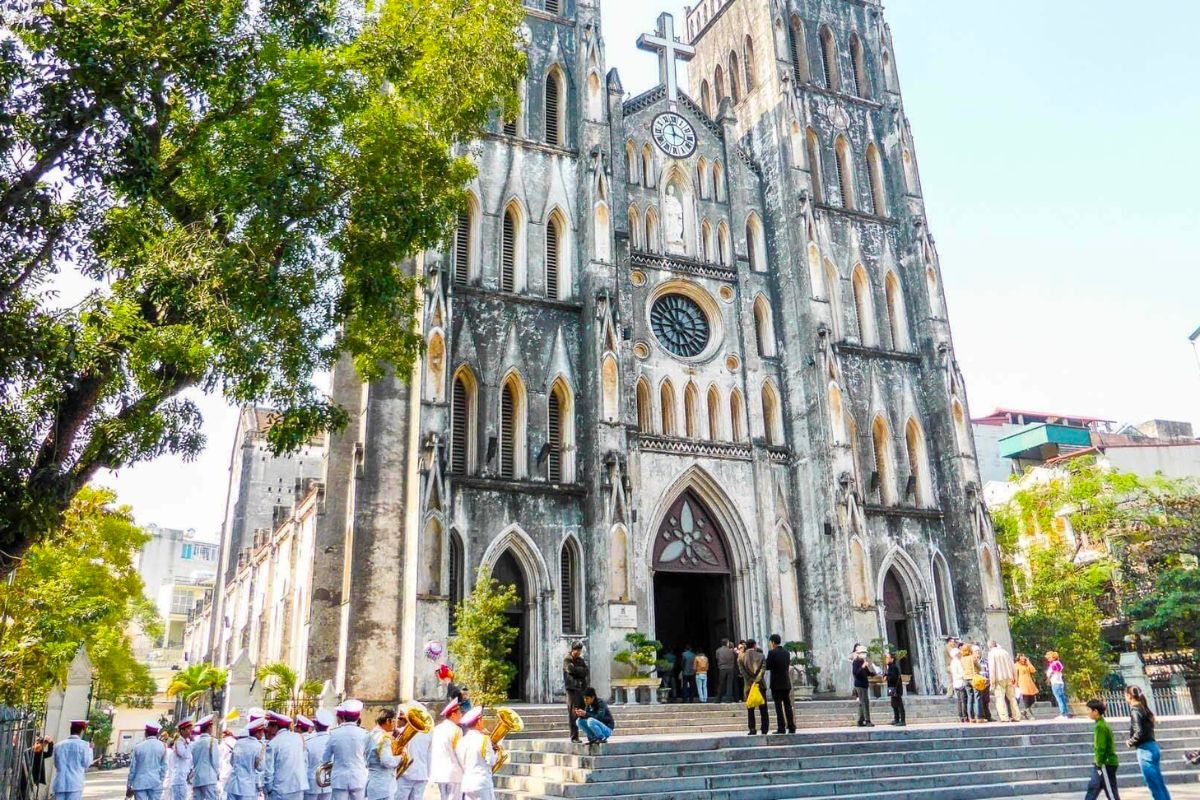
January Vietnam Weather
While the central and southern regions of Vietnam have a dry season, the northern regions experience winter in January. Due to the changing climate, January is an ideal month for travelers looking for a new experience. The average temperature in northern Vietnam ranges from 10°C to 20°C (50°F to 68°F), which is a colder climate. Conditions in southern Vietnam remain warm, with temperatures ranging from 25°C to 30°C (77°F to 86°F), while conditions in central Vietnam are mild and pleasant.
This is a great season for outdoor activities as there is very little rainfall in most places, especially in the south and central regions. January is one of the best months to travel to Vietnam because of the country’s generally dry and pleasant weather.
Regional Weather in Vietnam in January
Northern Vietnam
Northern Vietnam climate in January experiences the coolest temperatures of the year, with Hanoi and surrounding areas seeing average temperatures between 15°C and 20°C (59°F to 68°F). Particularly in mountainous areas such as Sa Pa and Ha Giang, mornings and nights can be extremely cold, with occasional lows of 10°C (50°F) or lower.
The region is often subject to high humidity and drizzle, giving its famous landscapes a mysterious feel. Despite the cold, Halong Bay still offers spectacular views as morning mist cascades over the limestone mountains. There are only sporadic showers and the weather is dry despite the cooler temperatures. This is ideal for hiking through the northern highlands or seeing Hanoi’s Old Quarter without having to endure the sweltering heat of summer.
Central Vietnam
January is a transitional month for central Vietnam, with weather patterns varying greatly from north to south. Warm temperatures in cities like Hue and Da Nang, ranging from 19°C to 24°C (66°F to 75°F), make it a good time to visit historical sites and beaches. But, especially early in the month, the area is prone to unexpected heavy rain.
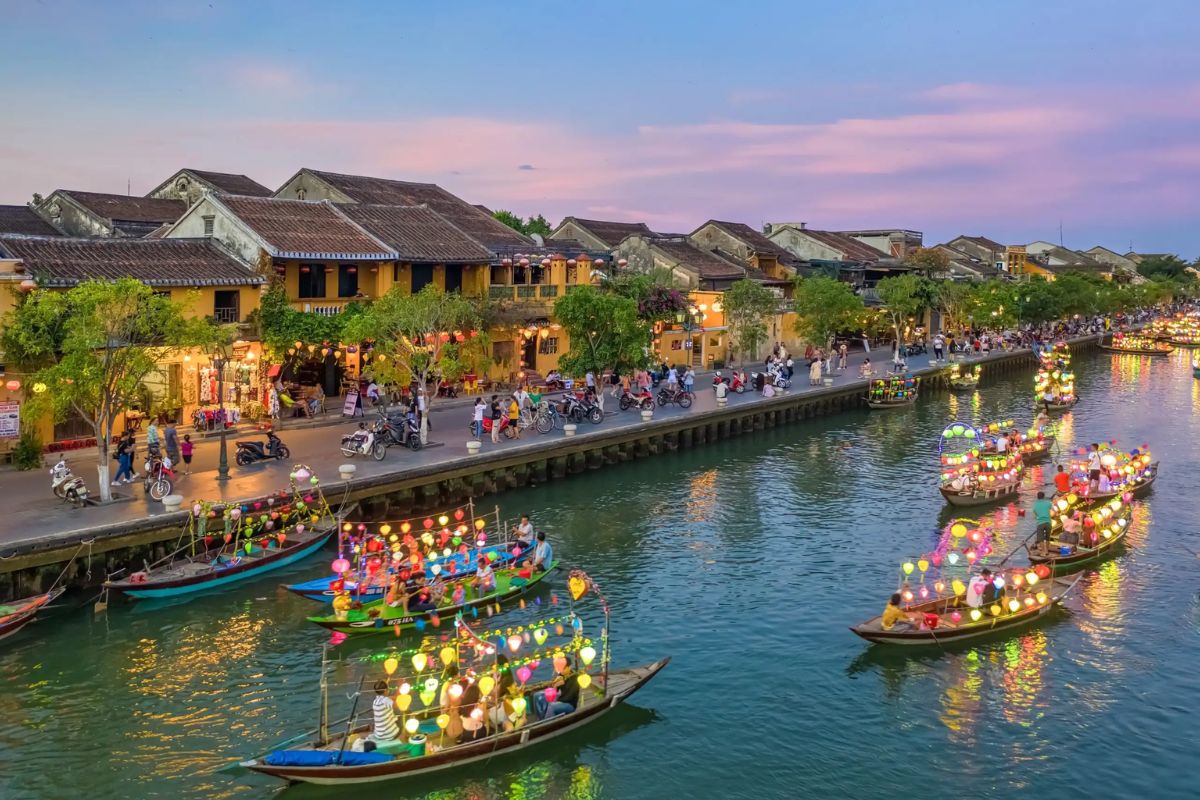
January Vietnam weather is a very nice month with moderate temperatures and lower humidity than in Hoi An, a UNESCO World Heritage Site. The popular beaches of Da Nang and Nha Trang are sunny, although swimming can be dangerous as the water is sometimes colder. Cool mornings and evenings are common in the central highlands, especially Da Lat, but warm, sunny days are ideal for outdoor activities.
Southern Vietnam
Southern Vietnam enjoys ideal weather conditions in January, with Ho Chi Minh City and the Mekong Delta experiencing warm, dry days and comfortable nights. With little rainfall, temperatures typically range from 25°C to 32°C (77°F to 90°F). Humidity is at its lowest this time of year, making it ideal for outdoor activities and exploring the city.
Clear skies and calm seas make for ideal beach weather in southern beaches such as Phu Quoc and Mui Ne. For this reason, January is the perfect month for lounging on the beach, island hopping, and water activities. Sunny days make the Mekong Delta especially pleasant, making it an ideal place for boating, exploring floating markets, and cycling through the countryside.
What to Wear in Vietnam in January
As Vietnam has many different climates, packing for the Vietnam climate in January requires careful consideration. Layers are essential for comfort on any trip, and a well-designed wardrobe should accommodate everything from the cold north to the warm south.
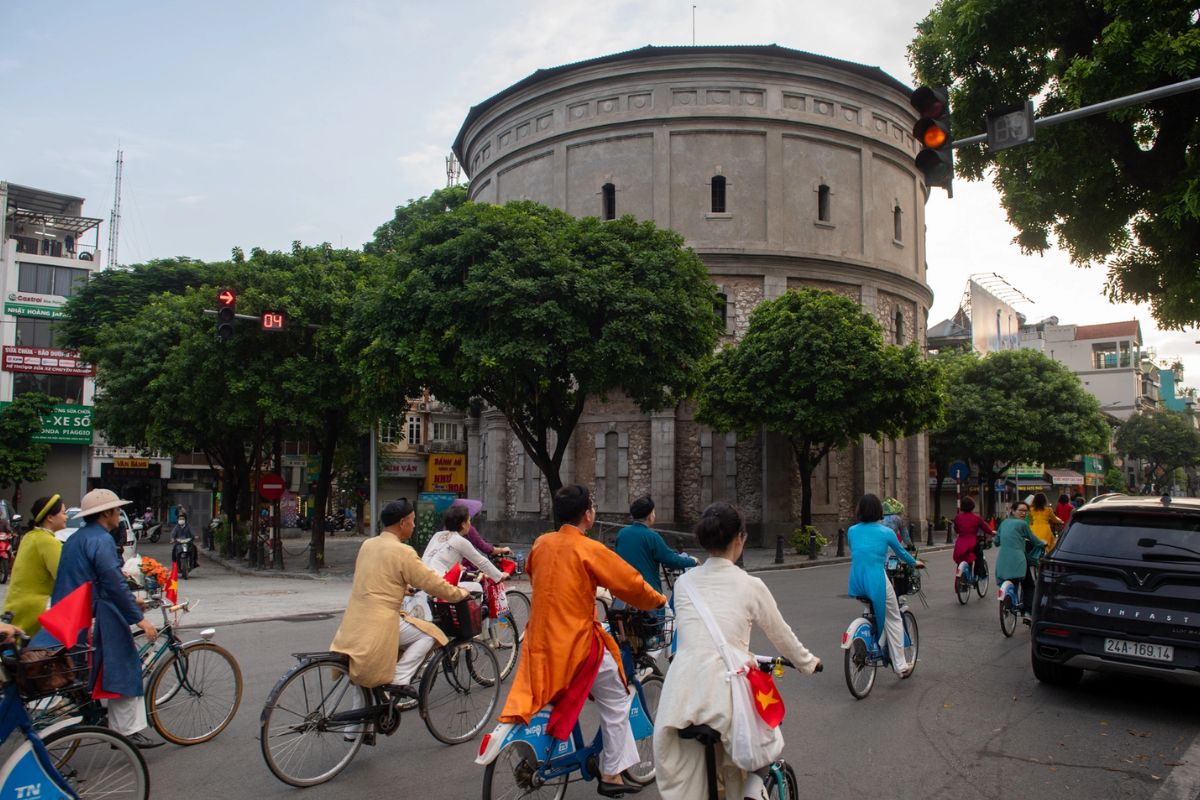
Bring warm clothing for the north, such as long pants, a waterproof jacket, and a light sweater. Remember to bring lightweight gloves and a thick scarf, especially if you’ll be in the mountains. In places like Sapa, a thermal base layer can be useful for morning or evening activities. Bring a mix of warm and cold clothing for central Vietnam, such as a lightweight long-sleeved shirt, long pants, and a light jacket for the evening. Clothing for the tropical climate typical of southern Vietnam should include sun protection, including a hat, sunglasses, and be made of lightweight, breathable materials.
Best Destinations to Visit in January
Sapa
The misty mountains and terraced fields of Sapa make it a must-visit destination in January. The weather in January in Sapa is still cold with fog covering the area, making it an attractive destination with the name “foggy city”. Besides, learning about the local culture in the small villages will be an interesting experience for any tourist.
Hanoi
Hanoi’s charm peaks in January with its cool, crisp weather. Explore the Old Quarter, visit Hoan Kiem Lake, or dive into the city’s history at the Temple of Literature and Ho Chi Minh Mausoleum. The light mist adds an enIn addition, visitors cannot miss the typical dishes of Hanoi in the last days of winter such as rib porridge, pork porridge, pho,… chanting vibe to the city’s streets.
Halong Bay
Ha Long Bay in January still suffers from the cold weather in Vietnam in January. This is the low season for domestic tourism but it is the time that attracts many foreign tourists to come for winter vacation. Despite the cold weather, Ha Long Bay is always attractive to all tourists with its majestic limestone mountains, caves, and fishing villages that help enhance the experience of visitors. Overnight boat tours are the perfect choice when visiting the UNESCO heritage in January.
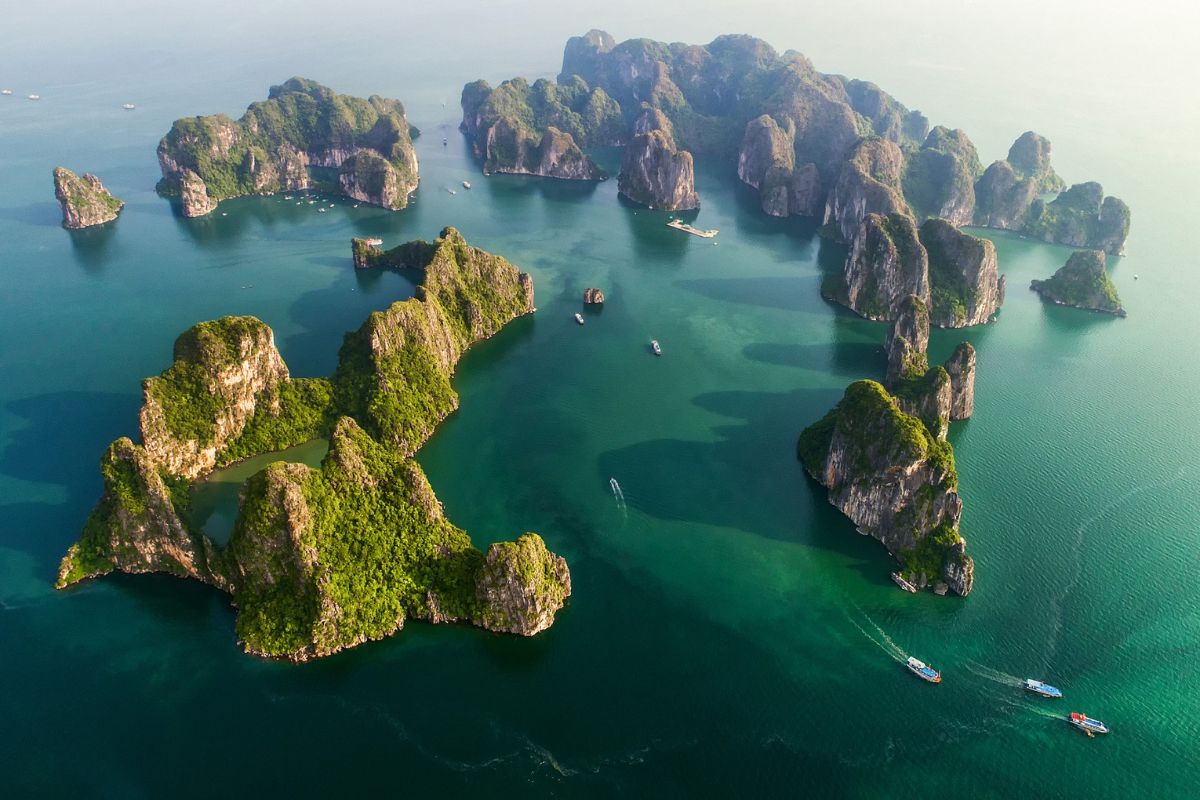
Hoi An
Hoi An Ancient Town is always bustling and attractive to tourists, even in the weather in Vietnam in January. Visitors can comfortably stroll through Hoi An Ancient Town, where the streets are lit by lanterns, visit historical sites or visit local markets. Hoi An is also where the Vietnamese tradition of wearing Ao Dai is promoted. You can sign up for a tour to see the largest live show in Vietnam called “Hoi An Memories” or find a reputable tailor to make yourself a traditional Vietnamese Ao Dai as a souvenir of the trip.
Ho Chi Minh City
January Vietnam weather in Ho Chi Minh City is a great time to explore the bustling markets, historical sites and vibrant nightlife. Ho Chi Minh City is one of the most vibrant cities in Vietnam, so you won’t have to worry about finding places to hang out as every street here has a different interesting color. For those who are passionate about history, don’t miss the War Remnants Museum and a day trip to Cu Chi Tunnels.
Mekong Delta
January Vietnam weather is the peak season to visit the Mekong Delta. Visitors can take a boat and experience floating markets, visit lush fruit gardens and explore the surrounding areas on calm waters. You can also directly experience the stages of making dishes in traditional craft villages such as making coconut candy, making Pia cakes, etc.
FAQs About Vietnam Climate in January
Is January a good time to visit Vietnam?
January is one of the best months to visit Vietnam, especially for those who prefer cooler temperatures in the north and dry, sunny conditions in the south. The weather is generally favorable for both outdoor activities and cultural exploration.
What is the weather in Vietnam in Jan like in Hanoi?
Hanoi experiences cool temperatures in January, ranging from 15-20°C (59-68°F), with occasional drizzle and misty conditions. Morning and evening temperatures can be quite cool, requiring warm clothing.
Does it rain a lot in Vietnam during January?
January is part of Vietnam’s dry season, with minimal rainfall in most regions. The central region might experience some light rain, but it’s usually not enough to disrupt travel plans.
Which part of Vietnam has the best weather in January?
Southern Vietnam typically has the most favorable weather in January, with warm, dry conditions and low humidity. Cities like Ho Chi Minh City and beach destinations like Phu Quoc offer ideal conditions for all types of activities.
Vietnam climate in January offers a diverse range of experiences, from misty mountain treks in the north to sunny adventures in the south. This month’s favorable weather conditions make it one of the best times to explore the country’s natural beauty and cultural richness. Whether you’re planning a serene cruise in Halong Bay or a vibrant city tour in Ho Chi Minh City, January Vietnam weather ensures unforgettable memories.
For a hassle-free experience, consider booking your Vietnam tour through Asia Encounter, where expert planners curate tailored journeys to suit your preferences. Start your January adventure in Vietnam today!

